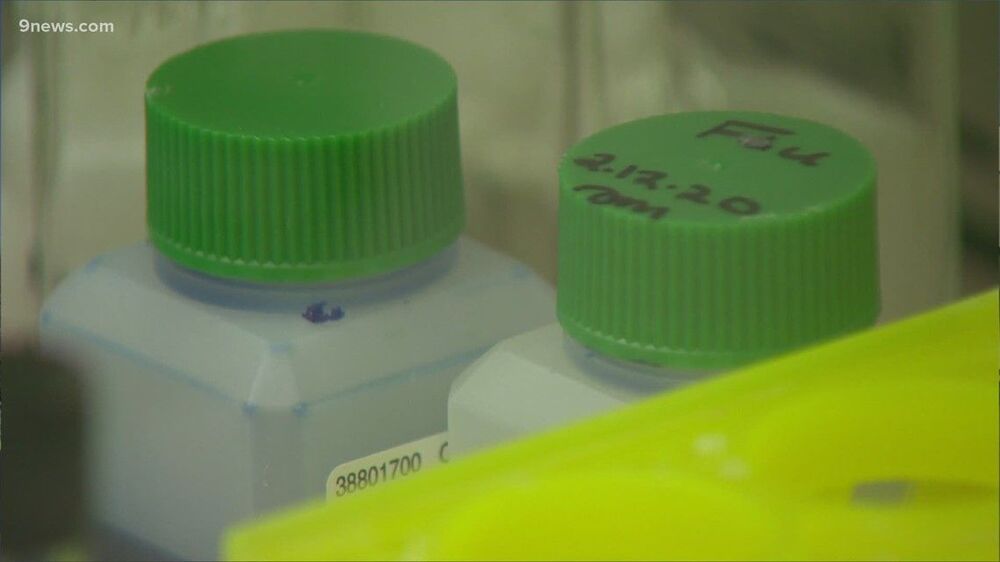The fifth Space Based Infrared System satellite was delivered to Florida ahead of an anticipated May launch.
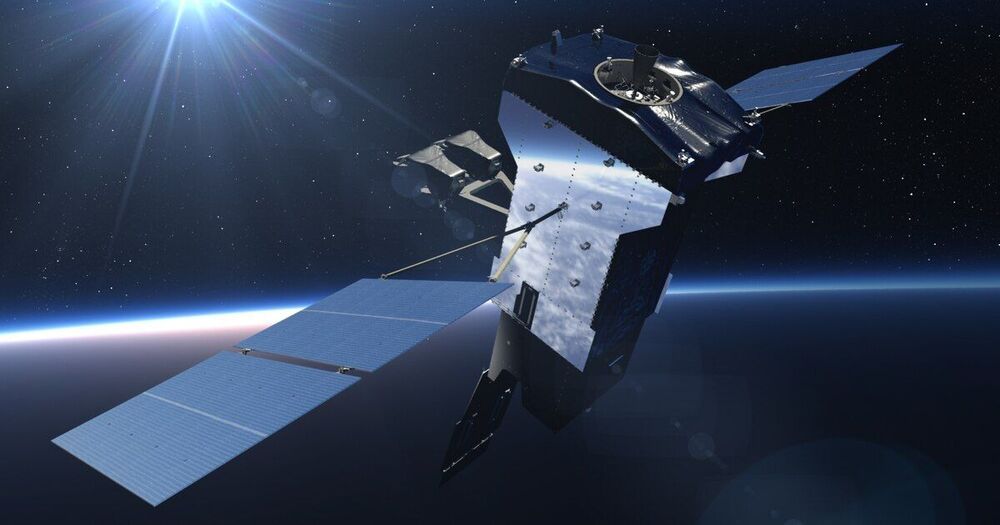

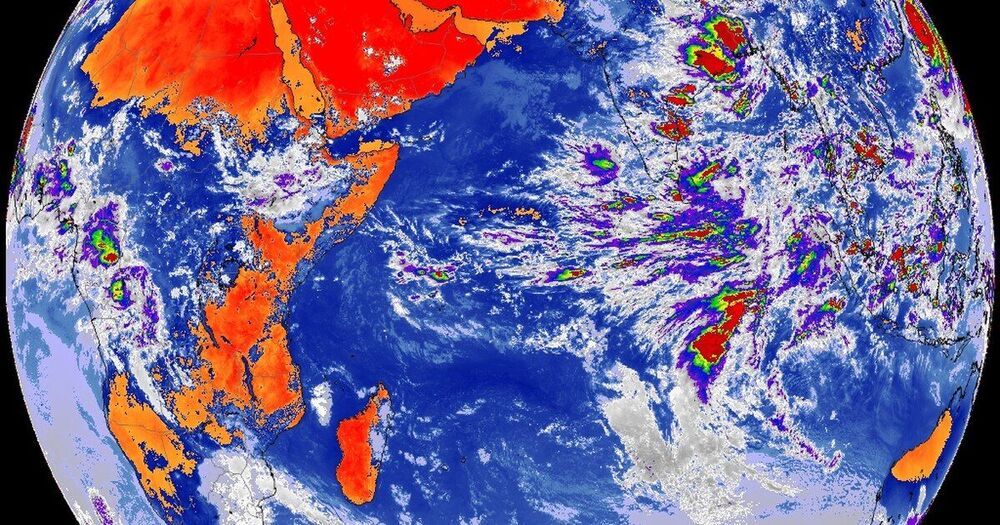
Based on the recommendations of weather forecasters, Operation Overlord’s June 5 D-Day was postponed due to a weather front. However, the operation was launched one day later when analysis projected a short period of acceptable weather. Germany’s forecasters missed this break, and the results were cataclysmic for German forces.
The Korean and Vietnam conflicts highlighted a growing need for “weather superiority” as enemy forces learned to take advantage of periods of bad weather that limited the effectiveness of U.S. air forces. Even in Desert Storm, the first item in planning the daily air operations began with a weather forecast.
Today, superior knowledge of environmental conditions is a force multiplier for all the services in an era where concepts like Joint All-Domain Command and Control are accelerating the speed and precision at which war is conducted. The outcome of future conflict will depend on rapid, accurate and more fully informed decisions. If a commander lacks an assured source of high-fidelity intelligence about the environment, then tools, tactics and timing cannot be aligned to achieve desired outcomes.
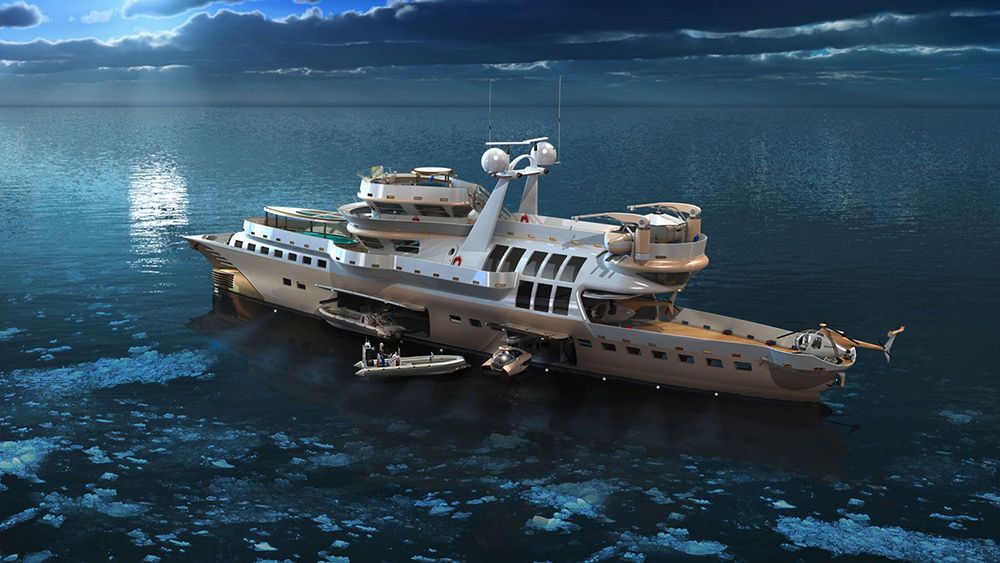
Onboard, Arctic Owl is equipped with all the requisite gear for oceanic expeditions. She features a helideck and an 850-square-foot hangar to accommodate your choppers. She also sports garages port and starboard that can hold a U-Boat Worx NEMO submarine, plus other toys, tenders and equipment. These smaller vessels can be deployed via her two cranes at the aft.
The spacious vessel can sleep up to 10 guests across six staterooms, including two master cabins with panoramic views. There is also space for six crew. Elsewhere, Arctic Owl features a large swimming pool and lounge at the bow, along with a spa on the flybridge.
Needless to say, Arctic Owl can certainly soar. She’s powered by twin Cummins hybrid diesel-electric engines that propel her to a top speed of 18 knots and a cruising speed of 16 knots. She also offers an impressive transatlantic range of 6000 nautical miles—that’s New York to the North Pole and back.
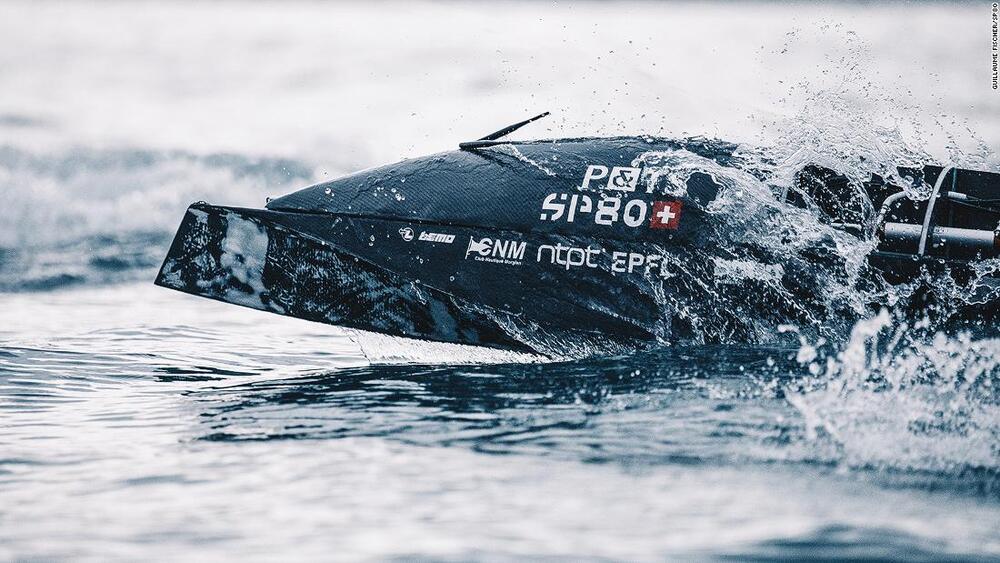
However, two rival teams, one in France and one in Switzerland, are now striving relentlessly towards the same goal: to create the fastest sailboat ever built.
One is headed by the former world title holder, and there are two brothers involved — but on opposing teams.
Paul Larsen is a sailing speed freak. His Vestas Sailrocket 2 boat broke the world speed sailing record for a mile in 2012: 78.26 mph! What’s he up to now?

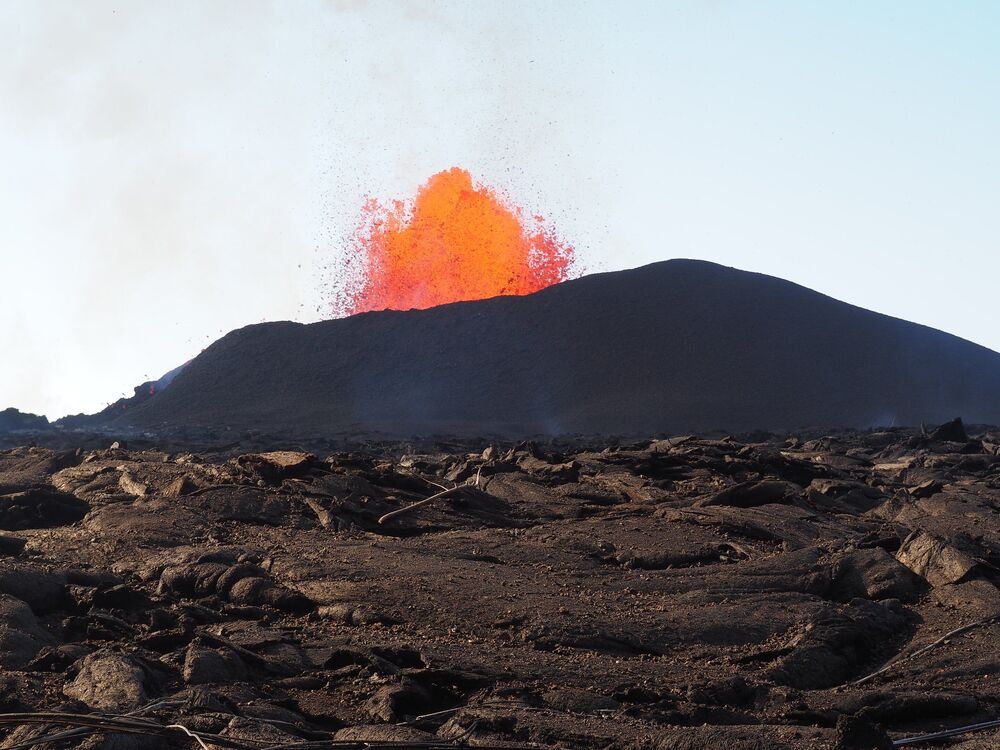
The 2018 eruption of Kīlauea Volcano in Hawai’i provided scientists with an unprecedented opportunity to identify new factors that could help forecast the hazard potential of future eruptions.
The properties of the magma inside a volcano affect how an eruption will play out. In particular, the viscosity of this molten rock is a major factor in influencing how hazardous an eruption could be for nearby communities.
Very viscous magmas are linked with more powerful explosions because they can block gas from escaping through vents, allowing pressure to build up inside the volcano’s plumbing system. On the other hand, extrusion of more viscous magma results in slower-moving lava flows.

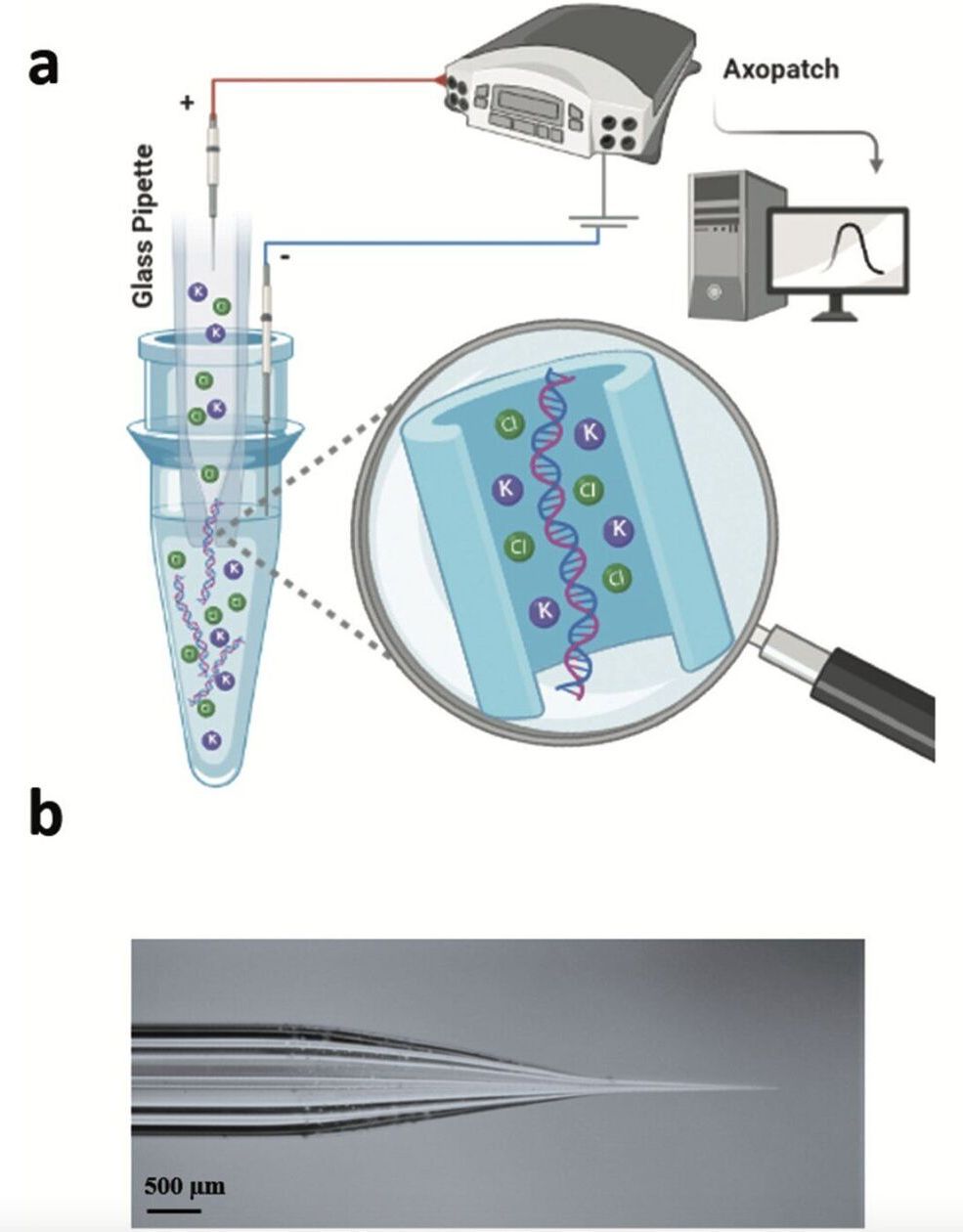
Research led by UC Riverside is making it easier to detect and capture DNA from fluid samples such as blood using a tiny glass tube and electric current. The technique, described in the journal Nanoscale, can also improve cancer diagnosis in the future.
DNA, a double-stranded, electrically charged molecule that contains all the information an organism needs to create and organize the building blocks of life, is tightly folded within the cell nucleus. Extracting the DNA from a single cell is time consuming and impractical for many medical and scientific purposes. Fortunately, as cells die naturally, their membranes burst, releasing the contents, including DNA. This means that a blood sample, for example, contains many strands of free-floating DNA that should, in theory, be easier to identify and extract in quantity.
